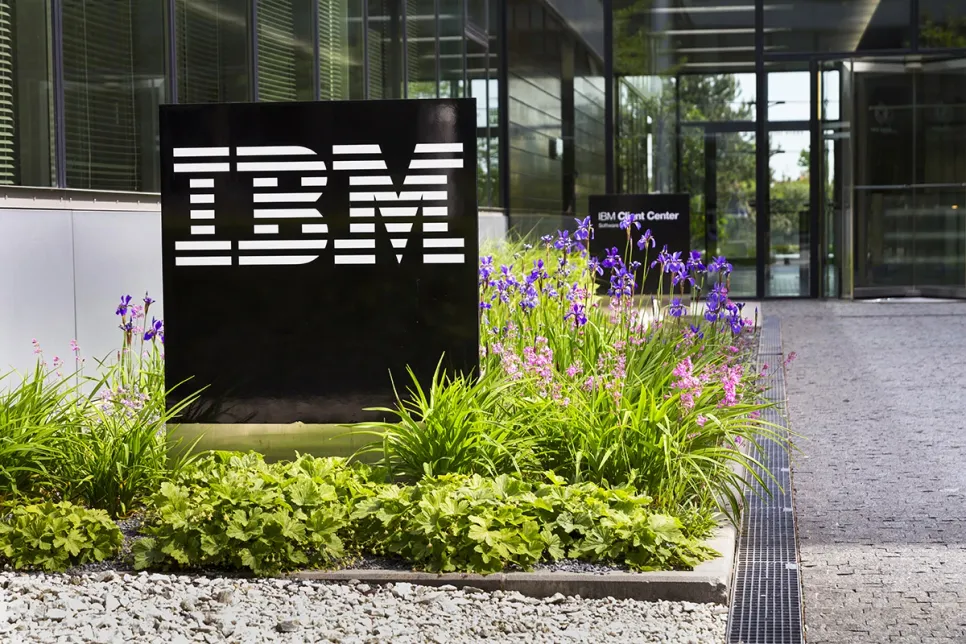DT and OpenAI to Collaborate on European AI Push
Deutsche Telekom and OpenAI will collaborate on multilingual products designed for Europe.

As artificial intelligence promises to transform both the future of work and the human resources function, IBM announced IBM Talent & Transformation, a new business to help companies and their employees flourish in the era of AI and automation.
The new company will provide robust AI skills training and will also help companies drive the transformation necessary to use AI to empower employees, transform workflows, eliminate bias and build a modern workforce. While CEOs and employees agree that AI will transform the workplace, recent IBM studies reveal that few feel prepared to take advantage of AI's potential.
In the next three years, as many as 120 million workers in the world's 10 largest economies may need to be retrained or reskilled as a result of AI and intelligent automation, according to new research from IBM. A study found that two-thirds of CEOs say AI will drive significant value in HR, yet only 11 percent of Chief Human Resource Officers report their organizations have the AI, data science and machine learning skills needed to fulfill that potential.
84 percent of employed adults in the US and UK believe AI can drive competitive advantage, but more than half are not confident their companies can use AI for competitive advantage, and more than half believe that company culture will be a barrier to adoption. With the help of Talent & Transformation, AI can be ushered into organizations with impact and responsibility and also become the catalyst for HR organizations to transform from service function to growth engine.
New services, AI tools and related training initiatives take learnings from methods and technologies that IBM has applied to drive its own workforce transformation. These services harness the power of AI personalization to guide employees in developing skills and pursuing opportunities to grow within the company. They also allow HR teams to measure flight risk for proactive retention and use bias reduction capabilities to flag bias in recruitment efforts, such as language in job descriptions.